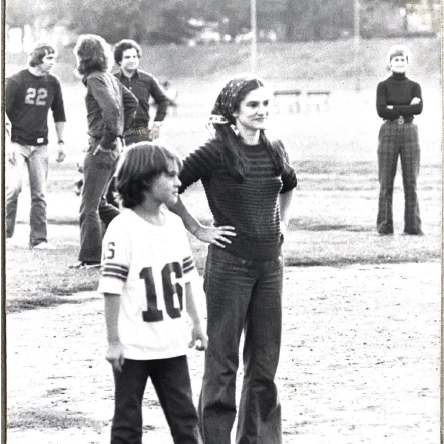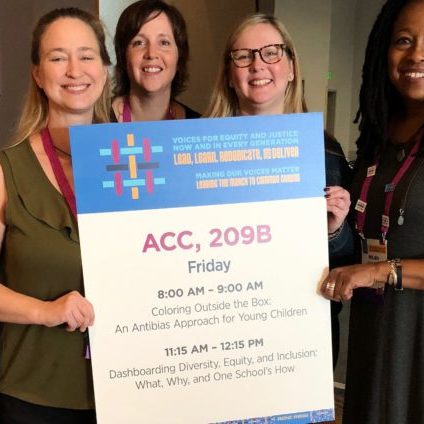
Curious children become brave learners at The Children’s School. TCS students work on projects that transcend books and classrooms on a regular basis, allowing them to comprehend and apply concepts of math, science and engineering; transform information into practical solutions; and develop critical thinking, problem-solving and collaboration skills.
Through this immersive project-based learning model, TCS students make sense of the world around them and become deeply engaged, develop profound empathy, and gain a passion for equity.
During this time of remote learning, TCS continues to engage students in hands-on projects that encourage a growth mindset and allow learning to transcend textbooks and classroom settings. TCS students are building their own 3-D models to test velocity, making dioramas and engaging videos about the life cycle flower, creating sculptures out of everyday household items in art class, using their sharp math skills to model fibonacci sequences, and more. In STEAM class, students have created stop motion films expressing gratitude to essential workers.
The curiosity and project-based learning that we value as a school also comes alive at home as our families are invited to be part of that process. One TCS family — fourth grader Emmy and her parents Martin and Lori — hatched their own project-based learning unit and invited classmates in Lynn and Joe’s fourth grade class to join in the experiment.
“We have some land about an hour and a half south of Atlanta,” said Emmy’s dad, Martin. “I was on the tractor mowing a field (think waist-high briar bushes) when I saw a female turkey run out of the briar patch I was mowing. I didn’t pay much attention, but the next pass I made, I looked where the turkey ran from and saw a nest with eggs in it. Upon inspection, there were seven eggs. One was completely destroyed, one was cracked pretty badly but still intact, and five seemed to be okay.”
“We left the nest alone for the rest of the day, but the turkey never came back,” said Martin. “Knowing that snakes or raccoons would get the uncovered eggs at night, we decided to try and save them.”
Martin, Emmy, and Lori, took the five good eggs, put them in a cooler, and wrapped the cooler in an electric blanket to get the egg temperatures up to 99 degrees.
“[Emmy and her family] have been caring for the eggs, keeping them warm, and checking for viability and embryo development by ‘candling’ the eggs, [which involves] holding a flashlight behind the egg so you can see inside,” said fourth-grade teacher Lynn. “[They’ve] been updating our class throughout the process.”
Lori, who works as an OBGYN, dissected the damaged egg to determine how far along they were in incubation. Based on observations, they guessed they were at day two. On incubation day 10, they candled the eggs to see how the incubation was going.
“Based on online pictures, we figured that we had four healthy turkeys incubating and one questionable one,” said Martin.
The family set up a turkey cam for the class to observe the eggs together. It has been a popular topic of discussion during morning meetings!
On Mon., May 4 (incubation day 25), the family switched the incubator from incubation mode into hatching mode. Four out of five of the turkey eggs survived, and they are all healthy and doing great!















